Equipments Remote Monitoring
Equipments Remote Monitoring

7/3/2018
0
Cellular Networks in the IIoT
Cellular networks are deployed extensively at the edge of an industrial network for WWAN (Wireless Wide Area Network) communications with serial and Ethernet devices. In many cases these devices are located in remote hard-to-reach areas that could be spread over different geographical locations. The demand on industrial cellular networks has increased manyfold in recent times primarily due to the exponential growth of mobile IIoT devices. What then is the key to effective industrial cellular network management? The answer is a good cellular network management tool that extends the capabilities of the cellular modems and gateways in industrial networks to provide fast deployment of cellular devices, powerful monitoring, and uncompromised security to ensure painless remote management of industrial devices.
Cellular Network Management Solutions—Key Considerations
The network management solution that you choose for your cellular network should aid in rapid deployment, smooth operation, and easy network management as explained in the following sections:
Network Deployment
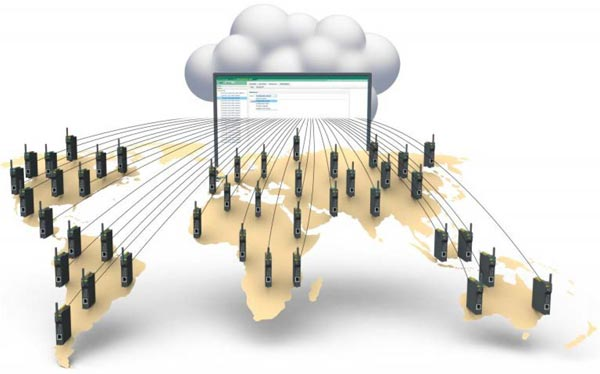
Deploying network devices and bringing them online on an industrial cellular network takes considerable time and effort. Cellular network management software can reduce the time and effort needed, and even lower costs by providing the following capabilities:
Rapid Deployment and Firmware Upgrade
The proliferation of the IoT for industrial applications is resulting in an increased number of devices being brought online. Deploying these devices and quickly getting them online is the key to the success of today’s IIoT. Industrial networks require an efficient way to mass configure a large number of devices. In addition, these devices require critical firmware upgrades from time-to-time. Network administrators are constantly on the lookout for tools that can ease their burden of deploying and upgrading industrial devices in remote locations without having to be there in person. Tools that can perform device-control actions, including reboot, configuration, and SMS remote control, ease the pain of maintaining the thousands of devices connected to a network. Some cellular network management tools also provide comprehensive remote configuration and management of cellular modems.
Accessing Private Cellular Networks from the Internet
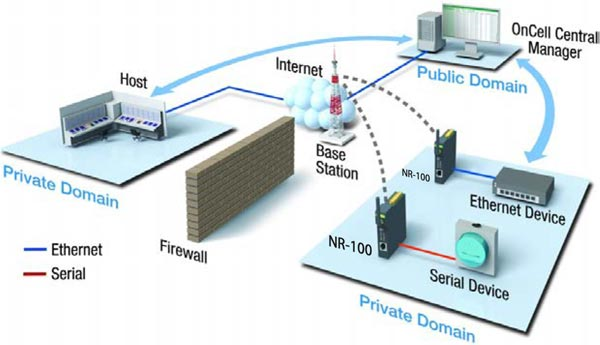
Due to the limited number of public IP addresses, most cellular service providers only offer private IP addresses for mobile devices to connect to the Internet. Since these private IPs are hidden from the public domain, accessing your cellular devices from the internet is impossible. This is not a problem if your application only requires the cellular devices to initiate connections to public hosts on the Internet. However, you must overcome a number of challenges if you want the public hosts to be able to communicate back to cellular devices that have private IP addresses. You can solve the private IP issue using one of the following options:
- Use a virtual private network service provided by the cellular carrier. This option is expensive
- Use a cellular gateway to initiate a VPN connection that bridges the communication gap between public and private IP networks. This solution lacks device management capabilities.
A ready-to-use solution such as a cloud service that enables seamless connectivity between public and private IP networks and includes support for OpenVPN protocol helps reduce costs and enhance network security.
Network Operation
Network administrators are tasked with ensuring the continuous operation of their networks. In an industrial environment, even a few seconds of delay in communication or failure in any part of an industrial network can halt critical industrial activity. Therefore, it is imperative that network administrators and operators have the right tools at their disposal to monitor the status of their network components and be able to instantly make informed decisions.
Dashboards for Easy Monitoring
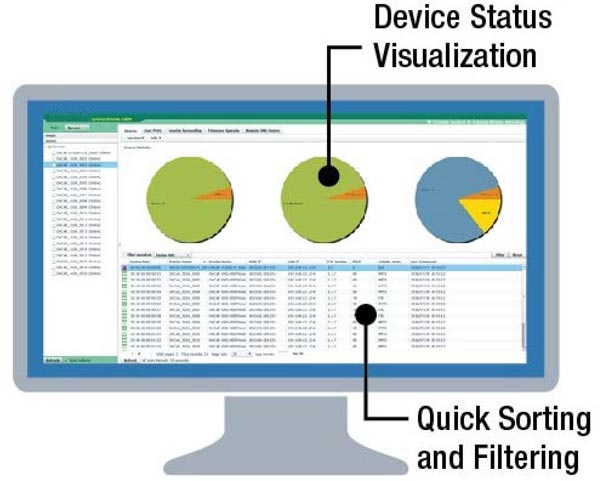
The ability to view the status of all the network resources is very important for administrators to manage an industrial network efficiently. Network administrators could greatly benefit from a dashboard that includes the following troubleshooting aids:
- Real-time device status with sortable views
- Device RSSI monitor
- The ability to view devices’ historical data
When combined with the individual system logs of the devices, device information such as connection status, cellular mode, and signal RSSI can be a powerful tool that can help network administrators quickly identify the device that has a problem and then take corrective action.
Easy Troubleshooting
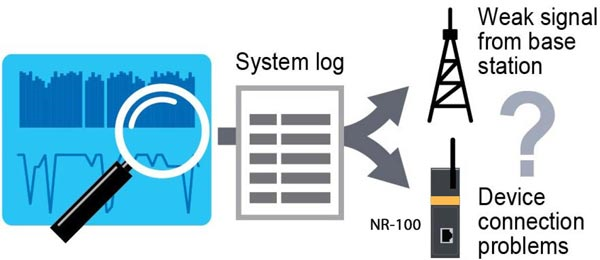
RESTful APIs
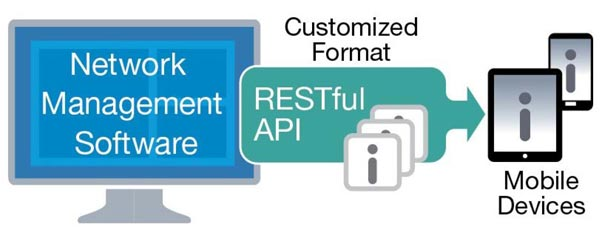
Network Management
In addition to the ability to monitor a cellular network, administrators also need functions and tools that can empower them to enforce tight access control on network resources and restrict unauthorized access by malicious entities or applications.
Access Control
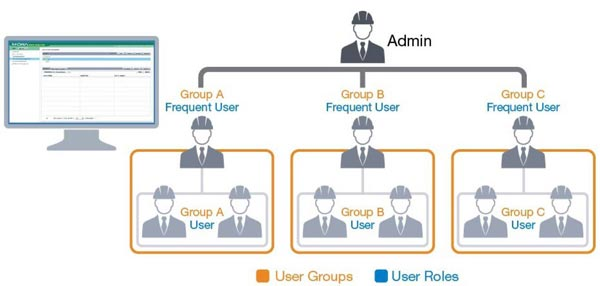
Network Security
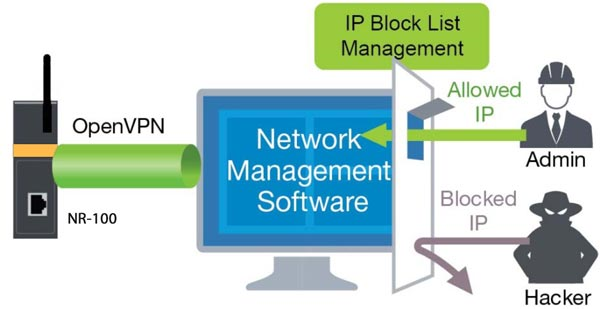
Remote Management
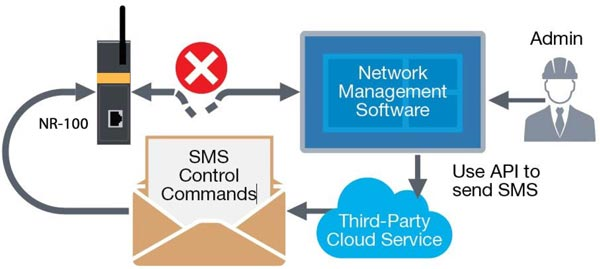
Since cellular networks are usually deployed on edge networks to facilitate communication with devices that are deployed in remote areas, the network management tool should have the capability to remotely configure devices, do firmware upgrades, remotely restart devices, import/export device configurations, and include functions that can display the device’s upgrade status and history.
Sanjesh Afzar Asia Solution
Sanjesh Afzar Asia's NR-100 Modem enables you to centrally manage, monitor, and configure remote devices over the cellular network. You can rapidly deploy and dynamically manage cellular networks with OnCell Central Manager.
Easy Deployment
- Easy export/import of configuration settings
- Remote firmware upgrades
- Cost-effective private IP solution
Smooth Operation
- Visual overview of device status
- RSSI history report for easy troubleshooting
- Remote device reboot for fast system recovery
- RESTful APIs for flexible monitoring on various platforms
Network Security Management
- Network Security Management
- Grouping of user accounts and devices for effective access control
- IP blocking function for enhanced security
- VPN connection to ensure secure communication between OnCell Central Manager and devices
All rights belong to assess the SanjeshAfzarAsia .

